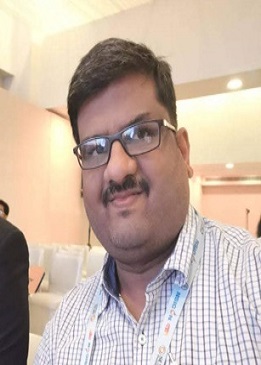4340
Scientific Program

Prasanna Udupi Bidkar
Jawaharlal Institute of Postgraduate Medical Education and Research, India
Title: Workshop: Sitting position craniotomy in neurosurgery
Biography:
Prasanna Udupi Bidkar is practicing Neuroanaesthesiology for more than 15 years. He has completed his DM Neuroanaesthesiology from prestigious AIIMS, New Delhi, India. He is presently the treasurer of Indian Society of Neuroanaesthesiology and critical care (ISNACC). He is in editorial board of Journal of Neuroanaesthesiology and critical care. He has more than 30 publications. He is a reviewer of many national and International Journals.
Abstract
The use of sitting position craniotomy in neurosurgical procedures provides several advantages to Neurosurgeons. This patient position provides optimum access to midline lesions, improves cerebral venous decompression, decreases intracranial pressure (ICP), and promotes gravity drainage of blood and cerebrospinal fluid (CSF). These advantages provide an optimum visualization of structures to the neurosurgeon. However, it comes with unique challenges to Neuroanaesthesiologists. Complications related to the use of this position include hemodynamic instability, venous air embolism (VAE), with possibility of paradoxical air embolism, pneumocephalus, quadriplegia and compressive peripheral neuropathy. The gravity assisted drainage of blood into lower limbs increases the risk of hypotension during intraoperative period. The incidence of venous air embolism is high (40-70%) in this position due to valveless, noncollapsible venous structures which allow entrainment of air. Though the use of sitting position has decreased in the last three decades, mainly due to the fear of VAE, there is a rejuvenated interest in the use of sitting position in recent times owing to better understanding of the physiology and availability of sensitive monitors for the early detection of VAE.
- Lifestyle Diseases
- Hypertension and Lifestyle
- Way to a Healthy Heart
- Lifestyle and Being Obese
- Insulin Junkie?
- Lifestyle and Bones
- Hormonal Play
- Brain Drain
- Are you Breathing Fresh?
- Occupational Diseases
- Depressed? Let us Talk!
- Lifestyle and Cancer
- The Healing Power of Yoga and Meditation
- Diet for a Happy Life
- Lifestyle Medicine, a Boon for All!!

